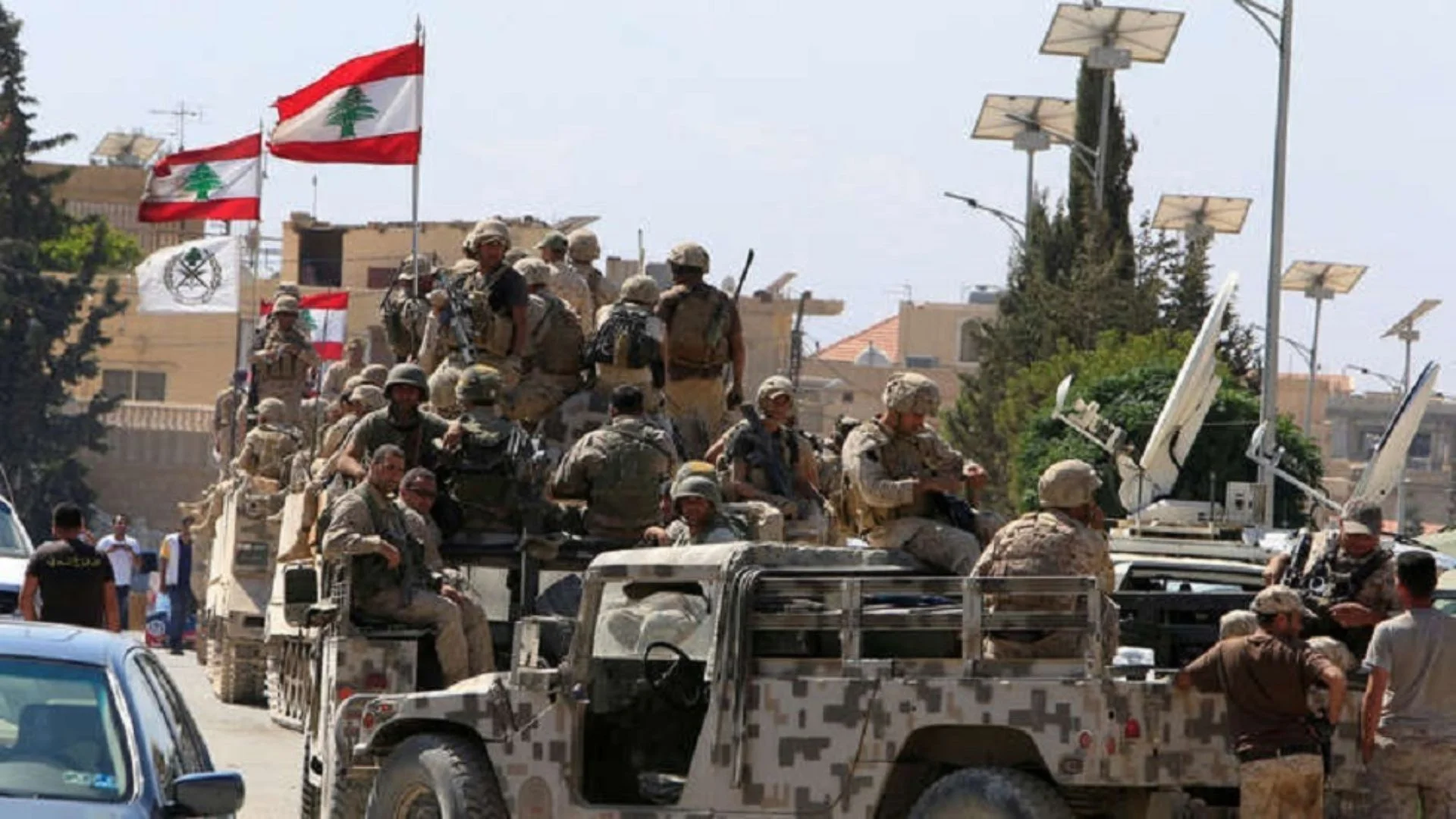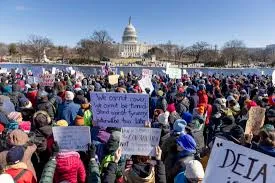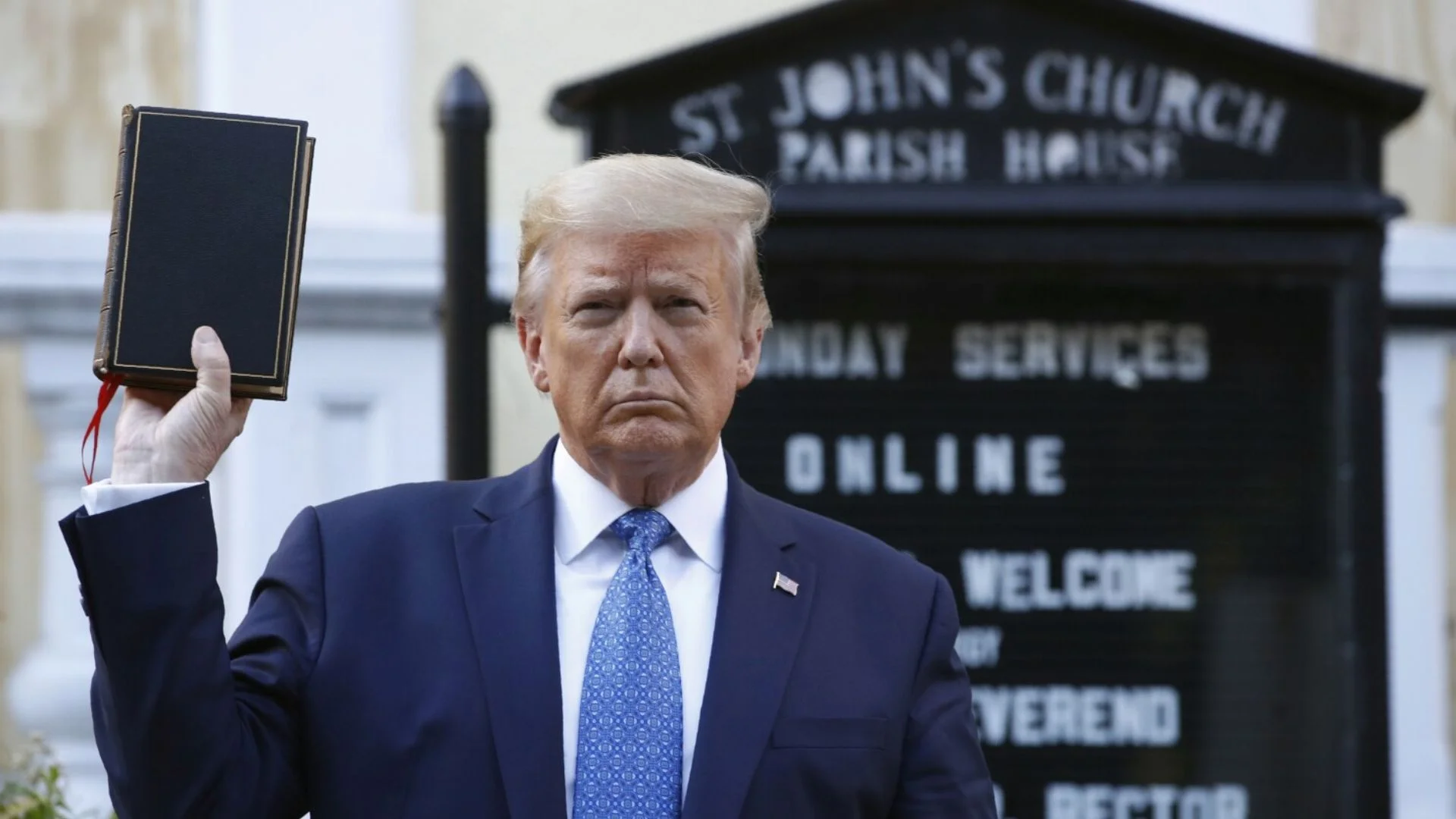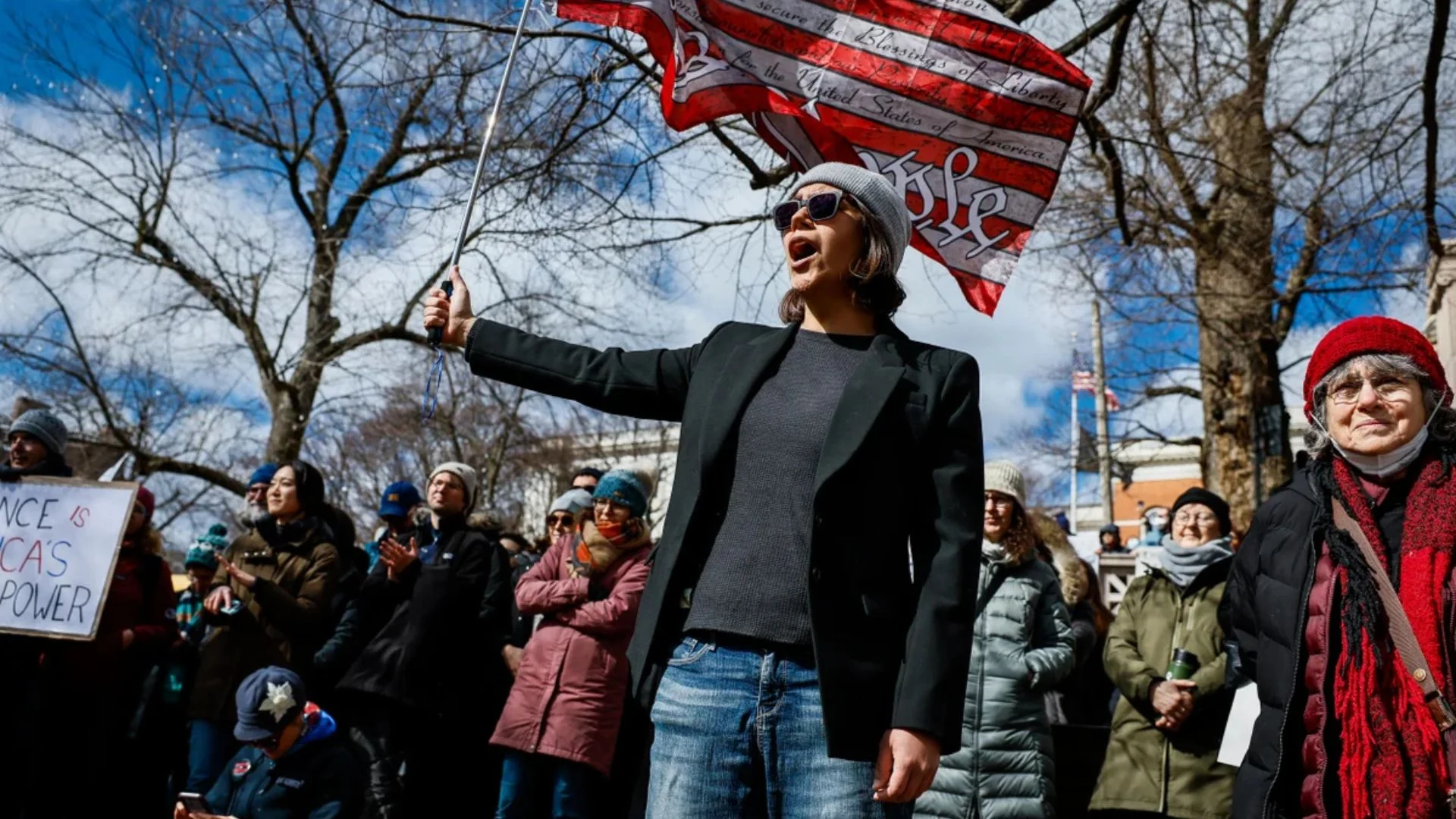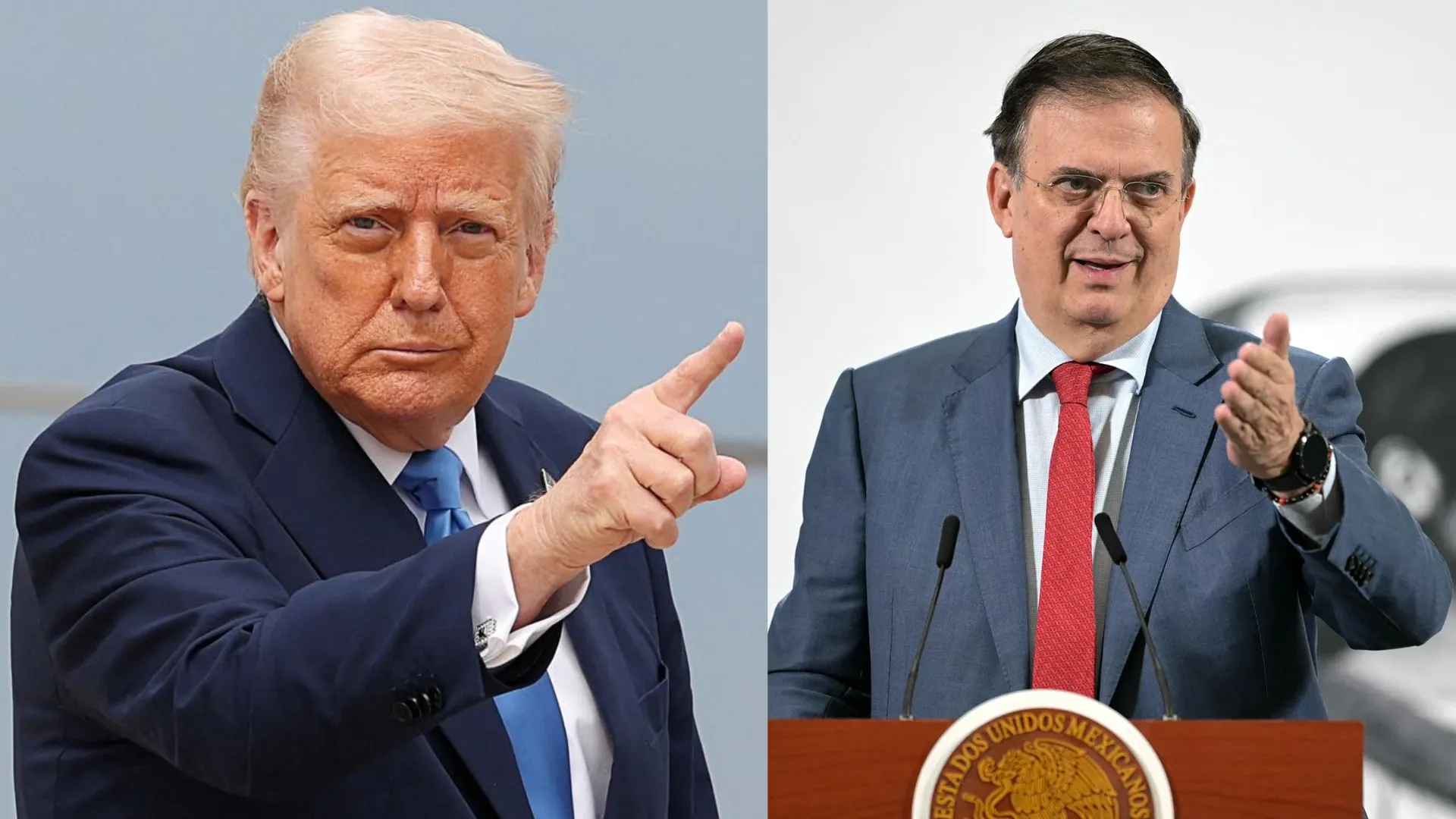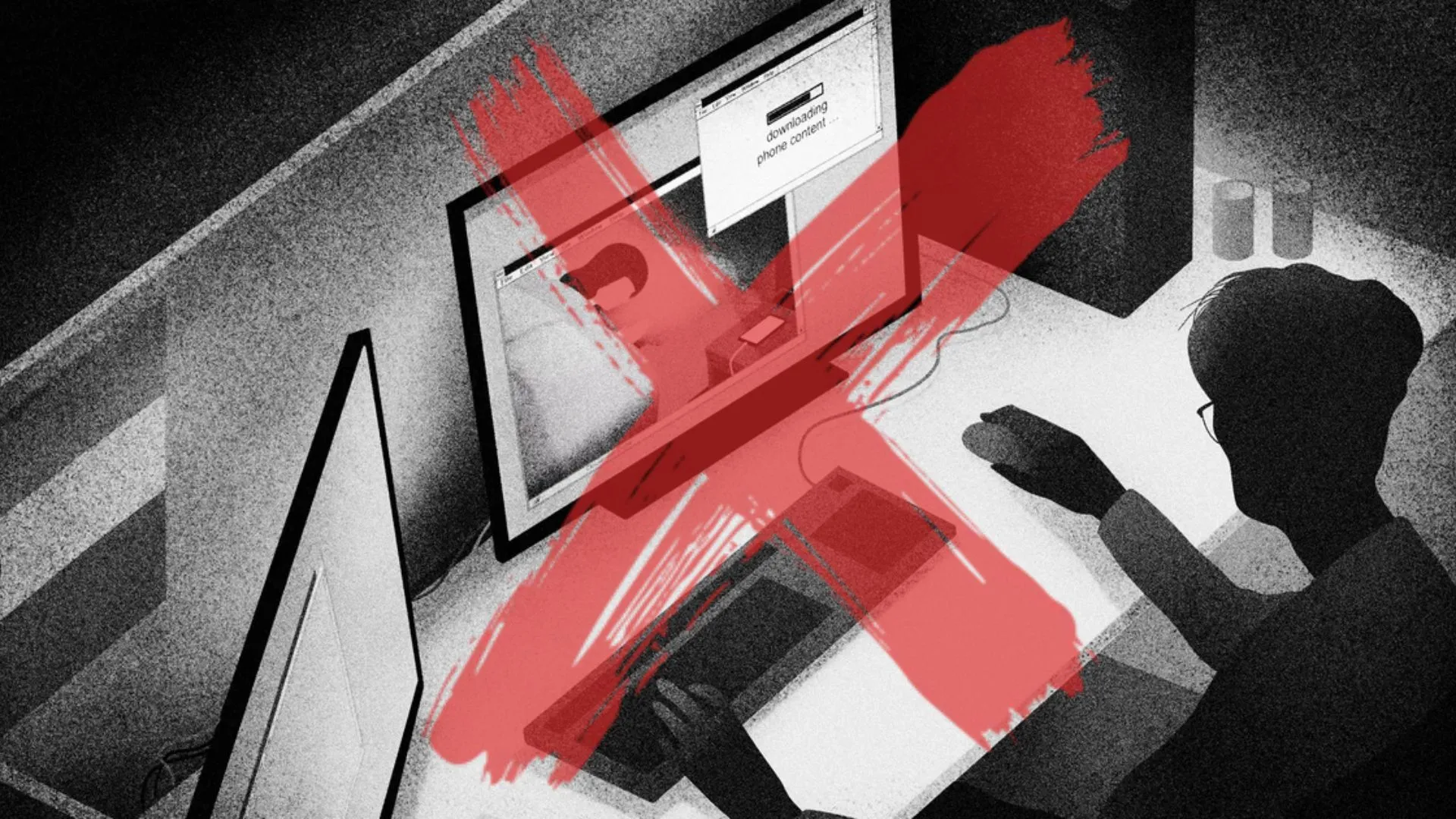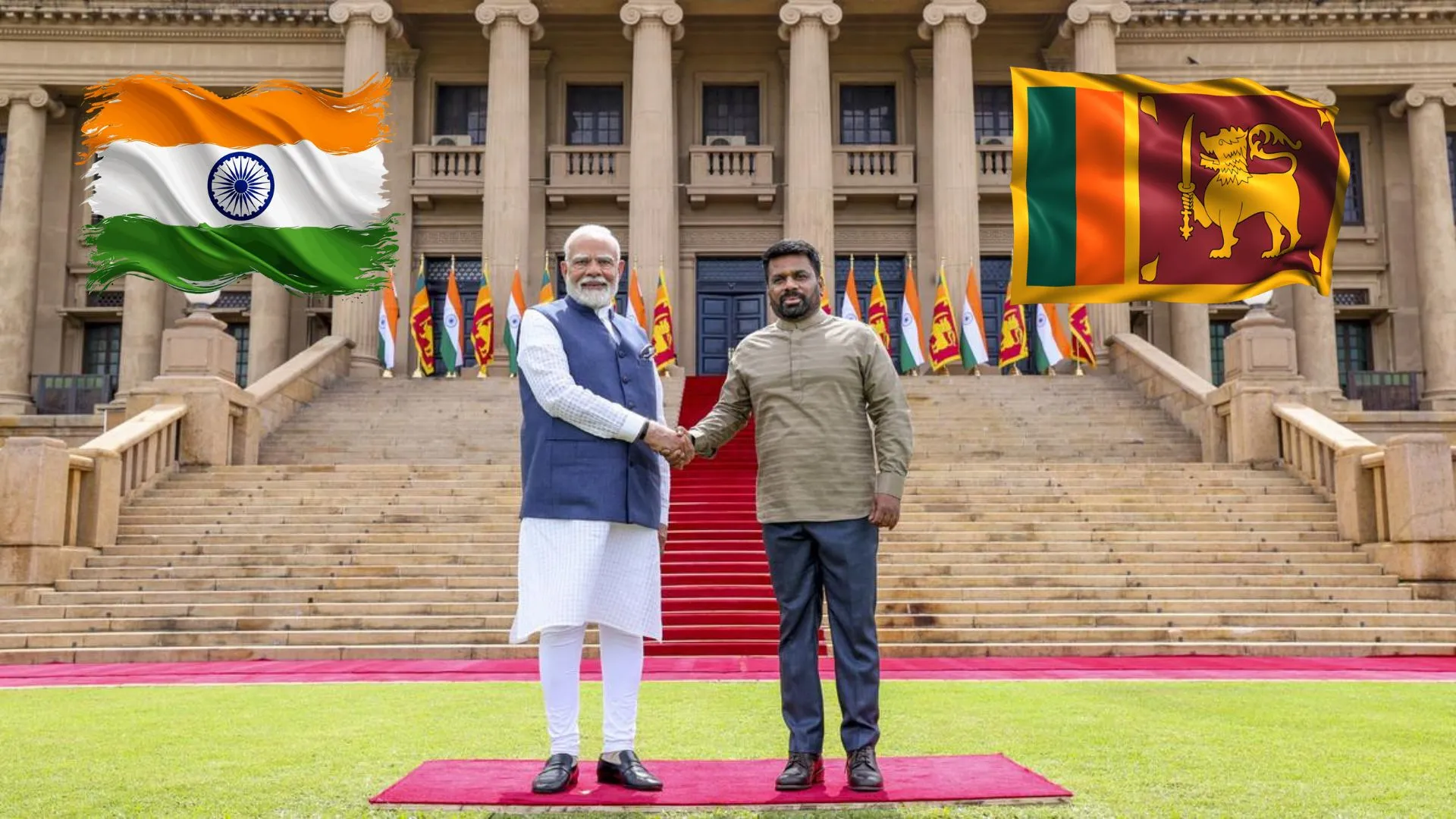Israel’s Cabinet will vote on a ceasefire deal with Hezbollah on November 26. Prime Minister Benjamin Netanyahu has already approved the plan “in principle.”
Conflict Background
Israel’s war with Hezbollah in Lebanon has caused over 3,700 deaths. Despite the ceasefire talks, Israeli forces recently struck multiple Hezbollah targets in Lebanon, escalating tensions further.
Ceasefire Deal Highlights
The US-brokered deal proposes a two-month ceasefire. Israeli troops will withdraw from Lebanon, and Hezbollah will pull back south of the Litani River. Displaced civilians will return to their homes.
Key points include:
- Deployment of Lebanese forces and UN observers to the region.
- US leadership of an international monitoring committee, with France’s involvement.
- Lebanon’s pledge to regulate arms production and block weapons from reaching Hezbollah.
However, disagreements persist. Israel demands the right to strike if Hezbollah breaks the agreement. Lebanon opposes this, citing a violation of sovereignty.
Netanyahu’s Conditional Approval
Netanyahu agreed to the deal but clarified it is only a pause in hostilities. He stated, “We don’t know how long it will last.” The Cabinet must still finalize the agreement.
Mixed Reactions
The ceasefire has sparked debate in Israel:
- Supporters hope it brings stability.
- Critics, like National Security Minister Itamar Ben Gvir, call it a “big mistake.”
- Some residents in northern Israel fear Hezbollah remains a threat.
Regional Impact
If approved, the ceasefire could ease tensions in Lebanon. However, it might not affect the ongoing Israel-Hamas conflict in Gaza. Diplomatic officials warn failure to reach a deal could spread the conflict into Syria and Iraq.
As Israel’s Cabinet prepares to decide, the ceasefire holds the potential for peace but also risks unresolved tensions.

